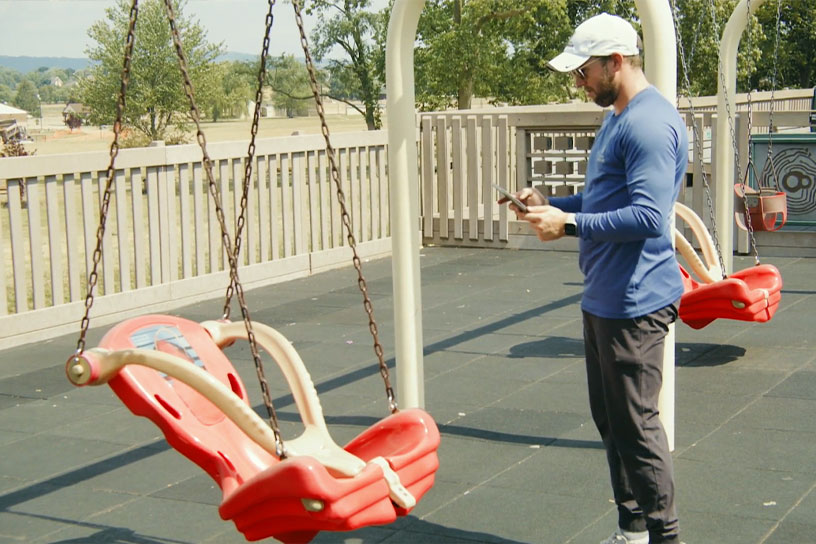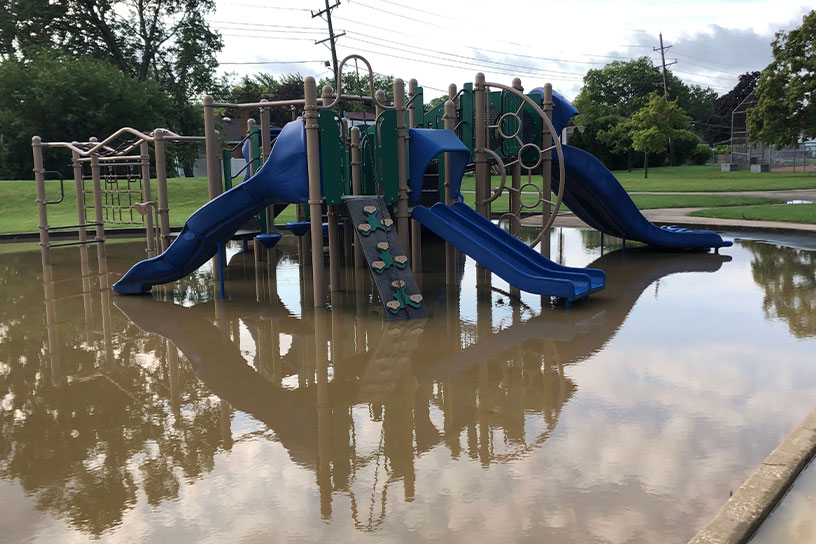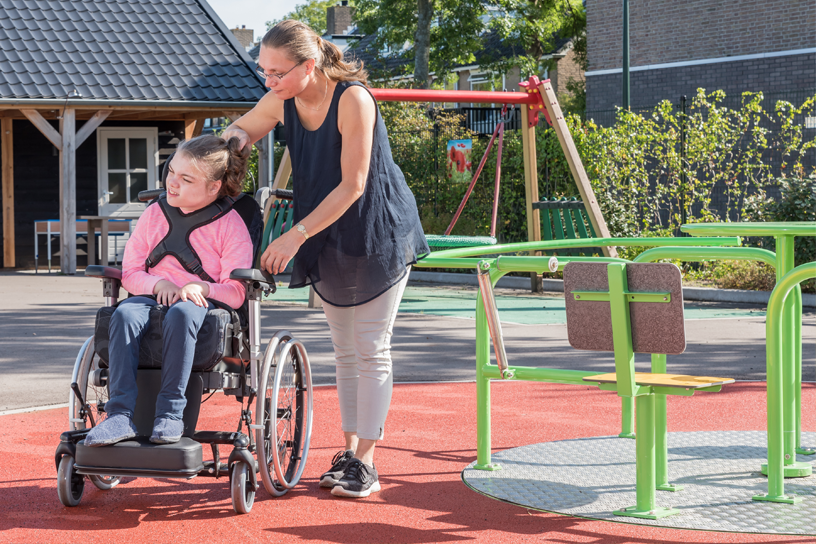What Makes a Playground Inclusive?
Not all playgrounds are created equally. An inclusive playground is a thoughtfully designed space that welcomes children of all abilities, ensuring everyone can play, learn, and grow together.
Universal Design Principles
Inclusive playgrounds are built on the principles of universal design, which means they are accessible and usable by everyone, regardless of age, ability, or mobility. These principles ensure that the playground is not only accessible to children with disabilities but also to parents, caregivers, and other community members.
- Accessibility: Accessibility is the cornerstone of an inclusive playground. This means providing ramps, wide pathways, and barrier-free entrances that allow children who use wheelchairs, walkers, or other mobility devices to navigate the playground easily. It also involves ensuring that all play structures are designed to accommodate children with various physical abilities.
- Safety: Safety is paramount in any playground design. For inclusive playgrounds, this includes using soft, impact-absorbing surfaces that reduce the risk of injury from falls. Additionally, equipment should be designed to prevent entrapment and entanglement, catering to children with physical and cognitive disabilities.
- Sensory-Rich Environments: Inclusive playgrounds often feature sensory-rich environments that cater to children with sensory processing disorders. This can include tactile surfaces, musical instruments, and sensory panels that engage sight, sound, and touch. These elements not only provide stimulation for children with sensory needs but also enhance the play experience for all children.
Diverse Play Opportunities
Inclusive playgrounds offer a variety of play opportunities that cater to different interests, abilities, and developmental stages. This diversity ensures that every child can find activities they enjoy and can participate in.
- Physical Play: Physical play structures like swings, slides, and climbing walls should be designed to accommodate children of all abilities. For example, swings with adaptive seats or bucket seats, slides with transfer platforms, and climbing structures with ramps or low steps make physical play accessible to everyone.
- Social Play: Social play areas encourage interaction and cooperation among children. Features like playhouses, sandboxes, and group seating areas facilitate inclusive social interactions, helping children develop important social skills and build friendships.
- Imaginative Play: Imaginative play elements like themed play structures, role-playing stations, and creative play panels allow children to engage in pretend play, fostering creativity and cognitive development. These features should be designed to be accessible and engaging for all children, including those with cognitive or developmental disabilities.
- Quiet Spaces: Inclusive playgrounds recognize that some children may need a break from the sensory stimulation of play. Quiet spaces with seating, shade, and calming features provide a retreat for children who may feel overwhelmed, ensuring they can participate in play at their own pace.
-
Community Involvement
Creating an inclusive playground involves the entire community. Engaging parents, caregivers, children, and local organizations in the planning and design process ensures that the playground meets the diverse needs of the community.
- Input from Stakeholders: Gathering input from a wide range of stakeholders, including children with disabilities, their families, and advocacy groups, helps identify the specific needs and preferences of the community. This collaborative approach ensures that the playground design reflects the unique characteristics of the community it serves.
- Educational Programs: Inclusive playgrounds often incorporate educational programs and activities that promote awareness and understanding of disabilities. These programs can include workshops, events, and signage that educate visitors about inclusivity and encourage positive interactions among all children.
- Maintenance and Upkeep: Regular maintenance and inspections are crucial to ensure that the playground remains safe and accessible for everyone. Engaging the community in the upkeep of the playground fosters a sense of ownership and responsibility, helping to keep the space welcoming and well-maintained.
An inclusive playground is much more than just a place to play. It is a vibrant, welcoming space where children of all abilities can come together to explore, learn, and grow. By incorporating universal design principles, offering diverse play opportunities, and engaging the community, we can create playgrounds that truly embrace every child. At Playground Guardian, we are committed to helping you design and maintain inclusive playgrounds that make a positive impact on your community. Together, we can ensure that every child has the opportunity to play, learn, and thrive in an environment that celebrates diversity and inclusion.





